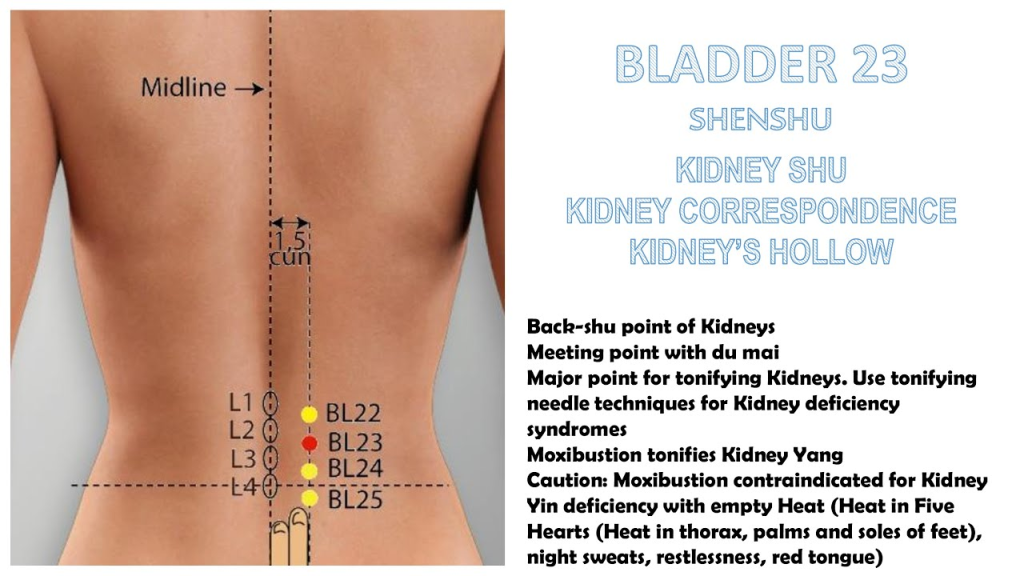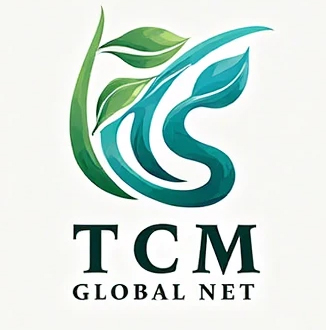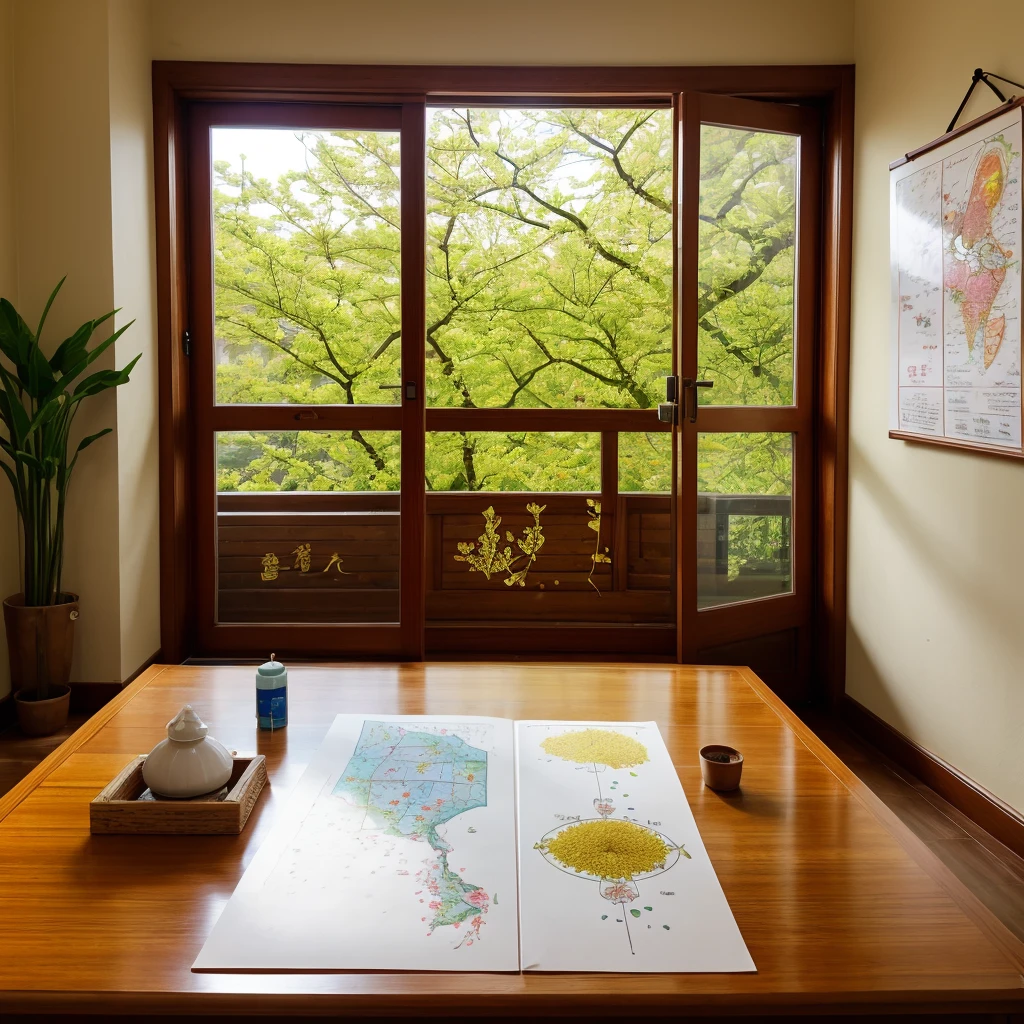I. Analysis of the Pathogenesis of Rhinitis in Spring from the Perspective of Traditional Chinese Medicine
1. Connection between Seasonal Characteristics and Rhinitis
- The Yellow Emperor’s Inner Canon: “In the three months of spring, it is called the time of renewal, when heaven and earth are born together, and all things flourish.”
- Abnormal Climate: After the spring equinox, the yang energy rises too quickly. If the spleen, lungs, and kidneys are deficient, the “defense against external pathogens is not solid,” making it easy to be invaded by wind, cold, and dampness (when humidity changes >15%, the incidence of rhinitis ↑40%).
2. Modern Medical Perspective
- Increase in Allergens: When pollen concentration reaches 1000 particles/m³, the prevalence of allergic rhinitis ↑60% (data from the China Meteorological Administration).
- Imbalance in Constitution: Those with spleen and lung qi deficiency have IgE antibody levels ↑2.3 times (research from the Chinese Journal of Otorhinolaryngology Head and Neck Surgery).
Recently, in clinical practice, there have been many patients with rhinitis. Spring is indeed a high season for allergic rhinitis, and I, who also have a bit of rhinitis, feel it particularly strongly. In places like Taohualing with a lot of pollen, the temperature changes significantly, the air is dry, dust mites multiply quickly, humidity varies greatly, and there are many viruses. Whether it’s adults or children, there are many cases of allergic rhinitis. So, how do we usually select acupoints?
Rhinitis, whether it’s common rhinitis or allergic rhinitis, is related to the deficiency of the spleen, lungs, and kidneys. I usually select acupoints on the lung and kidney meridians, but the specific selection of acupoints depends on the child’s tongue condition, coating, and other symptoms. Today, I will first tell you which areas you can generally press without looking at the symptoms.
II. Five Core Acupoints for Treating Rhinitis with Traditional Chinese Medicine
(With Location Diagrams and Operation Guidelines)
| Acupoint | Location | Function | Applicable Symptoms | Operation Method |
|---|---|---|---|---|
| Yintang Point | Between the eyebrows | Opens the nasal passages | Nasal congestion, headache | Massage for 5 minutes or moxibustion for 10 minutes |
| Dazhui Point | Depression below the 7th cervical vertebra | Boosts yang energy | Feeling cold, recurrent colds | Warm moxibustion for 15 minutes |
| Yingxiang Point | 0.5 inches lateral to the midpoint of the outer edge of the nostril | Disperses wind-heat | Runny nose, itchy nose | Scrape 200 times with a scraping board |
| Fengchi Point | Depression 1 inch above the hairline | Expels wind and relieves exterior syndromes | Headache, nasal congestion | Massage + moxibustion for 5 minutes each |
| Feishu Point | 1.5 inches lateral to the lower border of the 3rd thoracic vertebra | Regulates lung qi | Cough, excessive phlegm | Cupping for 10 minutes |
Both massage and moxibustion can be used. If nasal congestion is particularly severe, you can also moxibustion the Yintang and Dazhui points.


For those with obvious deficiency symptoms, such as children with pale complexion, bluish sides of the nose, and overall cold deficiency symptoms, moxibustion on the Shenshu point may also be used.

If your child has severe rhinitis and nasal congestion, making it hard to sleep at night, you can massage the Yintang point with some oil for more than five minutes, and for the Dazhui point, you can either push it apart or use moxa sticks. The Yintang point can also be moxibusted. These two points are very effective in relieving nasal congestion.
There’s also the Yingxiang point for rhinitis, which helps to clear the nasal passages and disperse wind-heat. I usually massage it 500 to 600 times, but now I prefer using a scraping board, which is more effective. If you have acupoint patches, you can apply them here; I generally do not use moxibustion on this point.

The Fengchi and Fengfu points are also easy to find. I usually use both massage and moxibustion on these points, which are effective for cough, nasal congestion, and runny nose. If your child has rhinitis with nasal congestion, cough, and throat clearing, and you want to massage hand acupoints, you need to differentiate the symptoms. You can send me a photo of the tongue coating, my WeChat: 1284963565. The acupoints I mentioned are generally effective for relieving acute symptoms of rhinitis. Through moxibustion, massage, and patch application, they can significantly alleviate rhinitis symptoms.

III. Guide to Choosing Chinese Patent Medicines
| Medicine Name | Applicable Syndrome | Ingredients and Effects | Contraindications |
|---|---|---|---|
| Tongqiao Rhinitis Granules | Cold syndrome rhinitis (clear nasal discharge, aversion to cold) | Yupingfeng Powder + Cang’erzi Powder, tonifies qi, consolidates the exterior, and dispels wind | Contraindicated for those with yin deficiency and fire excess |
| Biyuan Tongqiao Granules | Heat syndrome rhinitis (yellow nasal discharge, sore throat) | Xinyi + Mahuang, clears heat, ventilates the lungs, and opens the orifices | Use with caution in cases of wind-cold common cold |
| Xin Qin Granules | Lung qi deficiency and cold type rhinitis | Huangqi + Xixin, warms the lungs and dispels cold | Contraindicated for those with excess heat syndrome |
Tongqiao Rhinitis Granules are composed of Yupingfeng Powder and Cang’erzi Powder, suitable for cold syndrome allergic rhinitis, such as sneezing, clear nasal discharge, and a thin, white, and moist tongue coating. They have the effect of tonifying qi, consolidating the exterior, and dispelling wind.
Biyuan Tongqiao Granules are mainly used for heat syndrome, clearing heat, ventilating the lungs, and opening the orifices. These two medicines have different applicable symptoms, so be careful not to use them incorrectly when buying them, as using the wrong one will be ineffective.
IV. Dietary Therapy and Home Care Plan
1. Spleen and Qi Tonifying Dietary Recipe
- Chinese Yam and Gorgon Fruit Porridge: 30g Chinese yam + 15g gorgon fruit + 50g japonica rice, cook into porridge and take it in the morning daily for 2 weeks.
- Applicable Population: Spleen and lung qi deficiency type, characterized by being quiet, lacking energy, feeling lazy, with a pale tongue coating and pale complexion.
2. Heat-Clearing and Blood-Cooling Dietary Recipe
- Reed Rhizome and Lotus Root Node Drink: 30g fresh reed rhizome + 15g lotus root nodes, boil in water and drink as tea, twice daily.
- Applicable Population: Patients with heat syndrome, such as nosebleeds and a red tongue with yellow coating.
3. List of Prohibited Foods
- ❌ Cold foods: Ice drinks, watermelon, crab (worsen cold deficiency constitution)
- ❌ Spicy and irritating: Chili, Sichuan peppercorn, fried chicken (increase damp-heat)
- ✅ Recommended ingredients: Ginger, perilla, millet (warm the middle and strengthen the spleen)
Rhinitis patients must strictly avoid certain foods. If you don’t, the treatment might be a waste of money, time, and effort without any effect. If rhinitis is severe and caused by cold exposure, you can use magnolia flower to boil eggs and drink the soup, eat the eggs. Some children have had good results with this. It involves boiling magnolia flower and eggs together until cooked, then drinking the soup and eating the eggs.
V. Enhanced External Treatment Plan
1. Recommended Foot Soaking Recipes
- Cold Syndrome Foot Soaking Recipe: 10g magnolia + 10g xanthium + 15g mugwort, boil in water and soak feet for 15 minutes/day.
- Heat Syndrome Foot Soaking Recipe: 10g chrysanthemum + 6g mint + 10g mulberry leaf, boil in water and soak feet.
2. Massage Technique Video Tutorial
- Video Link: Click to watch the Yingxiang point scraping tutorial
- Key Techniques: Scrape from the nostril towards the nasal bridge, with the force causing slight redness of the skin.
3.Exercise
- Movement generates yang energy. Children who exercise more have sufficient yang energy inside, making it harder for pathogens to invade. Rhinitis usually occurs in those with weak constitutions or after a cold. Strengthening the constitution makes rhinitis less likely to occur, and even if it does, the condition won’t be too severe or last too long.
- If nasal congestion is severe, hot compresses can also be used. Use a warm towel to compress the nose, which can promote local blood circulation and relieve nasal congestion. While compressing, press the Yingxiang points on both sides of the nostrils, or gently massage the bridge of the nose, which can help relieve nasal congestion. Also, using steam is a method many mothers have tried. As long as it’s not too hot, using a humidifier to increase nasal moisture can make the nasal cavity much more comfortable. Children with allergic rhinitis should wear masks when going out to avoid some irritants, making them feel more comfortable.


Leave a Reply